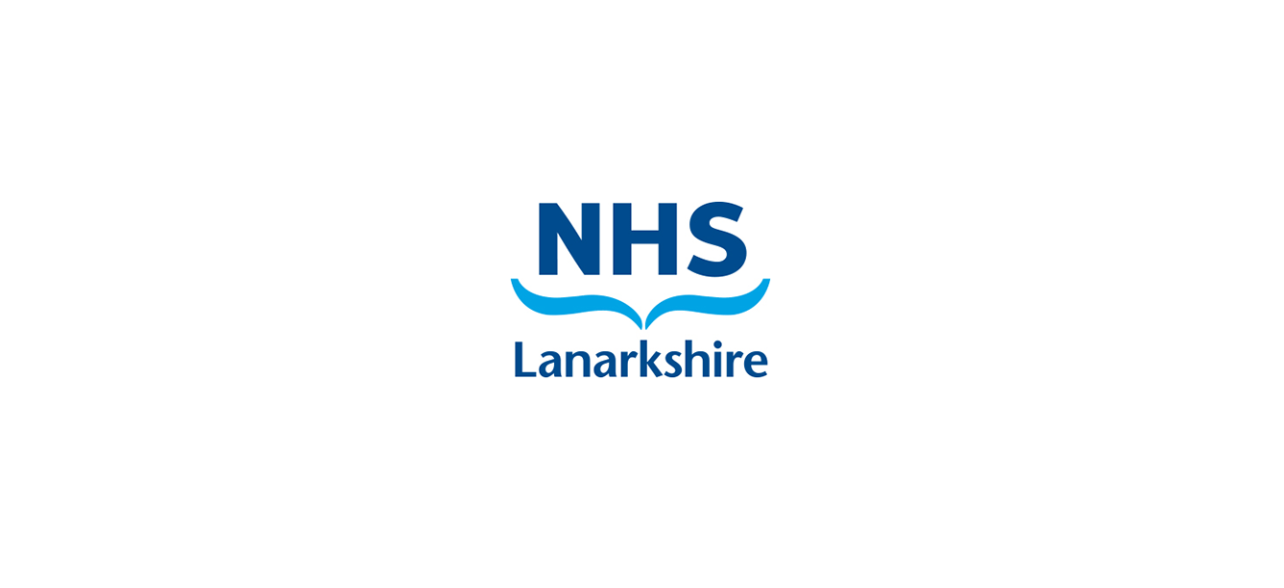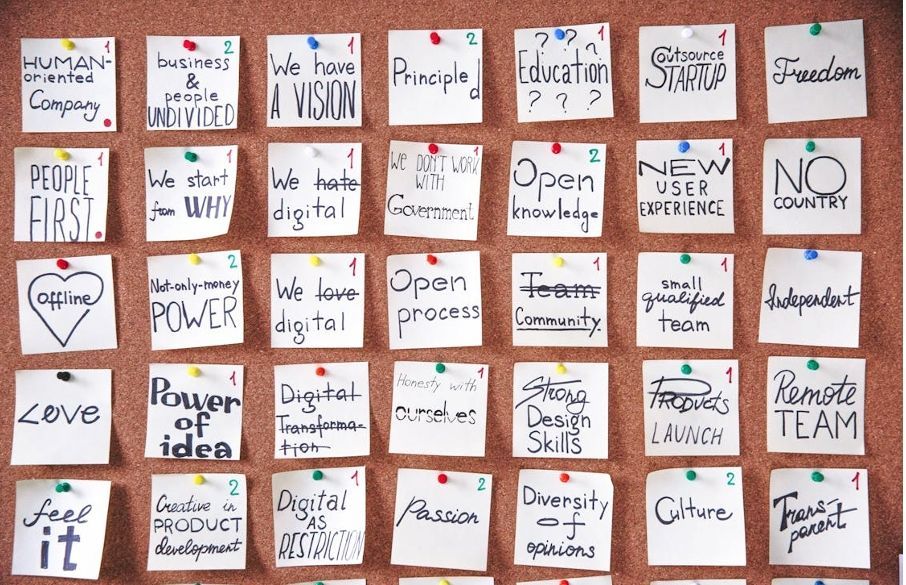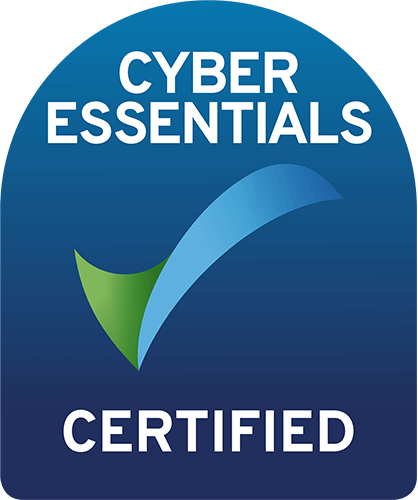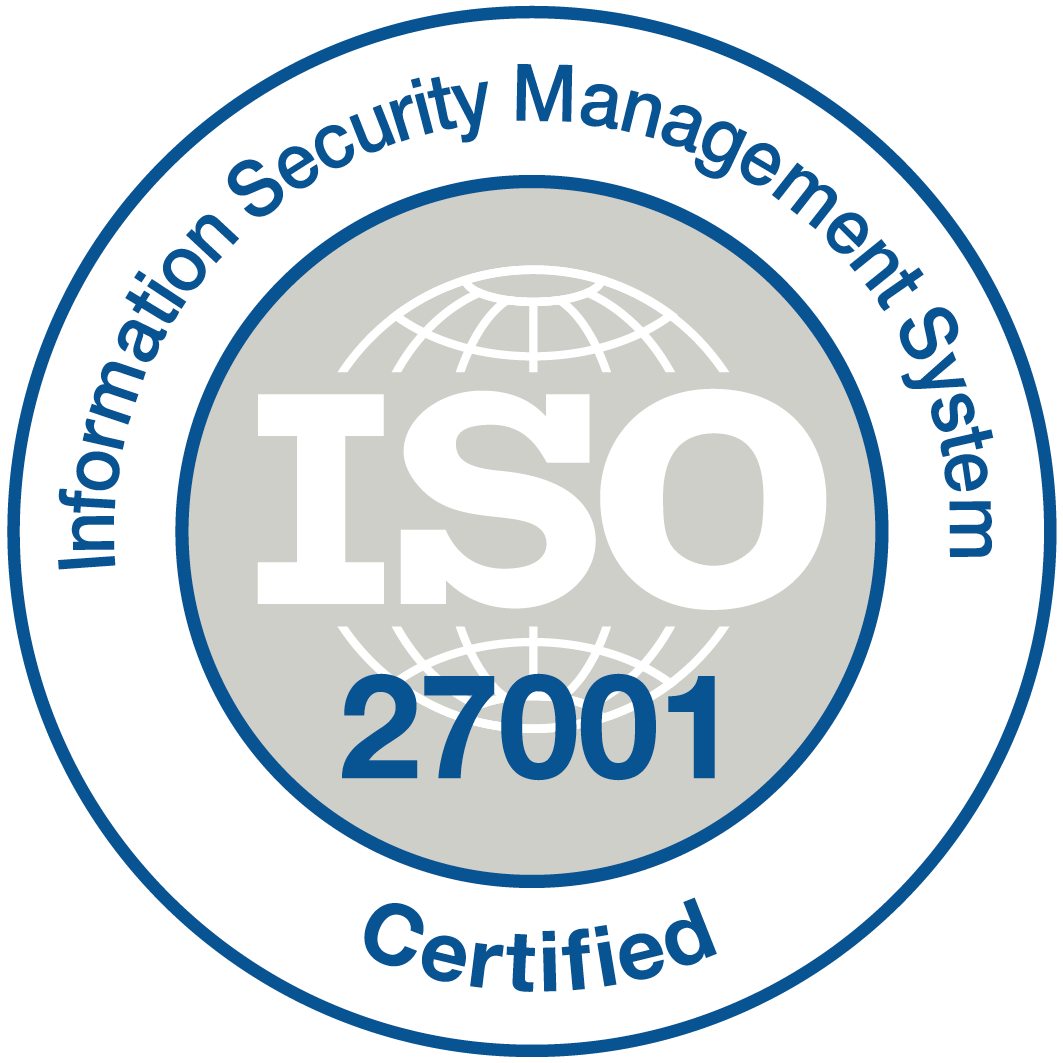Data Migration for RIS - You have options
I spent much of this week with our CTO Paul Wierzbicki and some fantastic customer based systems experts to address the challenge of historical RIS data migration in projects that are dependent on data migration.
For many organisations the reality is that the legacy RIS is old, hasn't been upgraded for several years and the provider is no longer able to support the solution or even provide the data extracts for a migration, usually because the personnel that know those old systems are no longer with the provider.
Fear not..... you potentially have some options to help you unblock these challenges that are also cost effective.
The first one which we have been able to prove this week in three separate projects is that most NHS organisations have been outputting RIS database information to a local, independent Business Intelligence Data Warehouse in the Trust for many years. With a bit of time reviewing warehouse tables and the legacy RIS we managed to confirm all the data we need for a migration (including scanned requests) can be migrated relatively straightforwardly with some scripting from the warehouse. The benefit of this approach is that we can work with the customer directly to do this migration and with very little if any 3rd party cost. Taking data from the BI warehouse doesn't impact the legacy production system either during the migration. Yes the customer team has to ensure the data is correctly mapped but they will have to do this anyway.
The second option is the potential use of RPA or Robotic Process Automation. Whilst not used for migration as yet, I have used it for the transfer of RIS data between platforms in a live environment and it is fantastically effective at working through large volumes of data and transferring it with value add steps. The most likely use case for RPA is where there is no Data Warehouse, the customer does not have direct database access and you have no option but to extract data directly via the user interface of the legacy solution. In this scenario we can configure RPA bots to replicate human operators, extract data via the user interface and create the migration packages. This approach is more labour intensive and has the cost of the bots but is an interesting viable alternative when in a pinch.
In conclusion, don't fear data migration as an obstacle to a RIS replacement programme as we have ways of unblocking problems. If you have the means to output data to a warehouse then I strongly recommend you do it as it gives you much better options for a data migration in the future and we certainly support customers connecting the Aptvision RIS to an external warehouse as well.
written by Anthony Dooher - Business Development Director - Aptvision















